
Every Saturday morning, the residents of Cremona, Italy, flock to a large marketplace to either donate or retrieve second-hand items. This weekly event is just one part of the city’s plan to reduce waste and make improvements in reuse and recycling.
Circular Economies
For Europe, Cremona represents an experiment in the promotion of the idea of a circular economy. In a circular economy, the population tries to cut down their total waste while extending how long given resources can be used. Cremona has been making significant progress in becoming a circular economy. Its citizens are now recycling 25% more than they had been just two years earlier. Part of this success is a result of a change to the recycling system. In much of Italy, residents are required to bring their recycling to special recycling bins placed in public areas. Cremona, however, has implemented door-to-door collections; allowing its citizens to recycle without having to take much extra effort, which means less waste.
Taxing Waste
Cremona has also implemented a sort-of tax on waste. Residential trash (not recycling) must be placed in an orange bag provided by the city. The more trash a citizen generates, the more they have to pay for its removal. Incentives, on an individual basis, for waste reduction are hugely effective in reducing waste.
Taking it Macro
Cremona may be leading the world in becoming a circular economy, so the rest of the world would benefit from learning from their results. In addition to incentivizing recycling, they have focused on educating their adult citizens, implementing sustainability education in primary schools, and even campaigning to reduce waste in restaurants by providing them with recyclable take-out boxes. Taking steps to reduce waste at all stages of life, and more importantly, to educate all citizens on the importance of recycling has helped Cremona dramatically reduce waste, and can help other communities around the world as well.














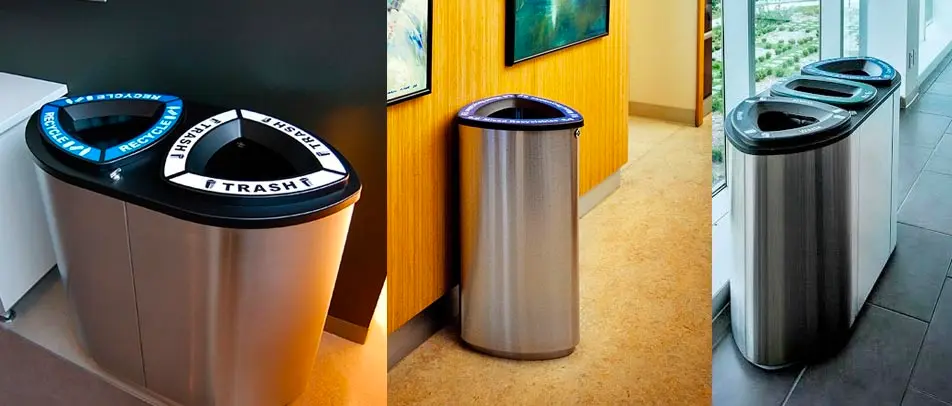
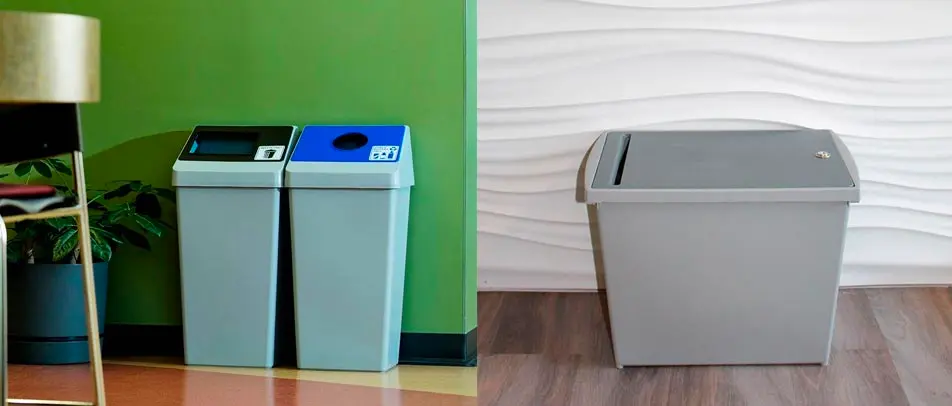


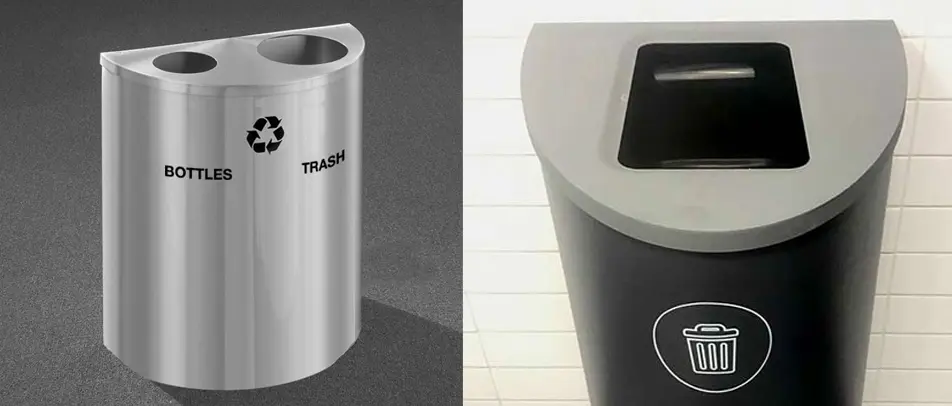


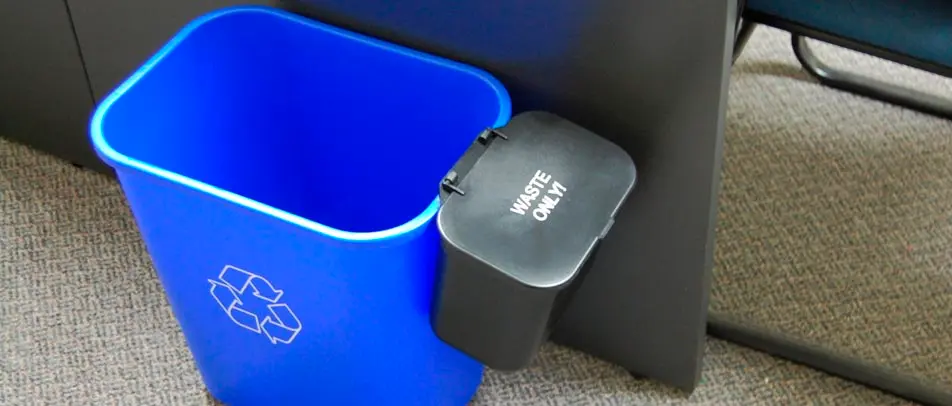
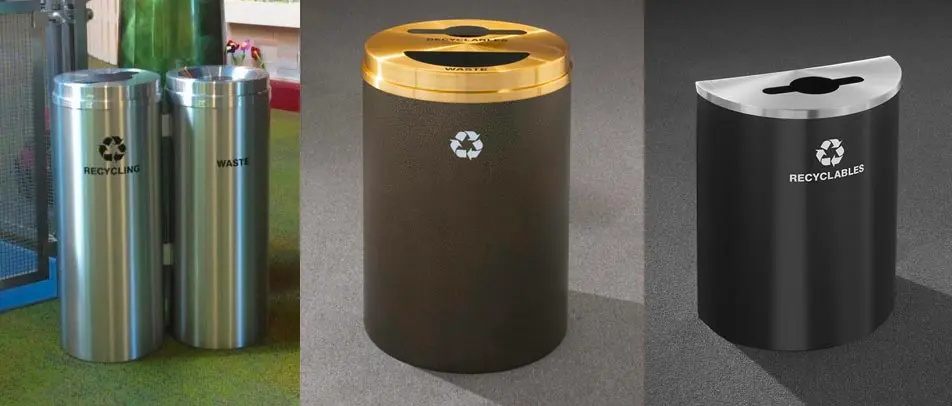
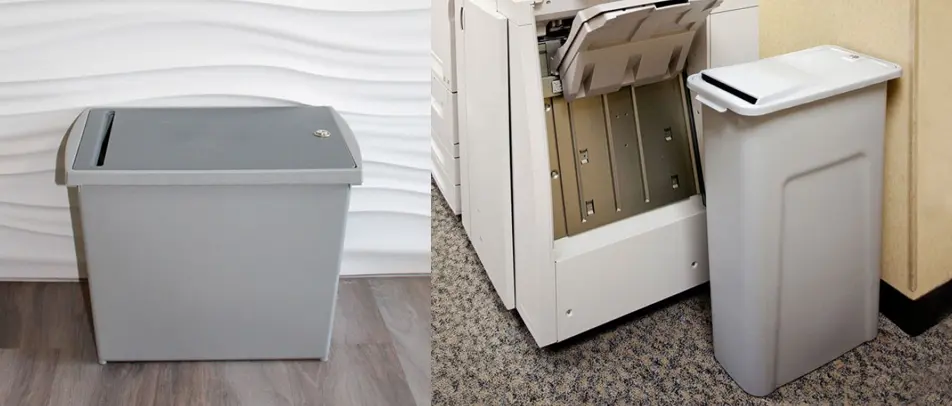

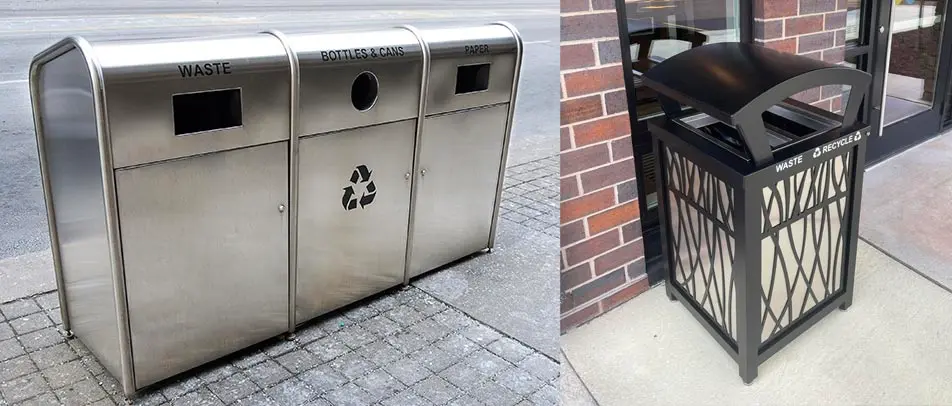



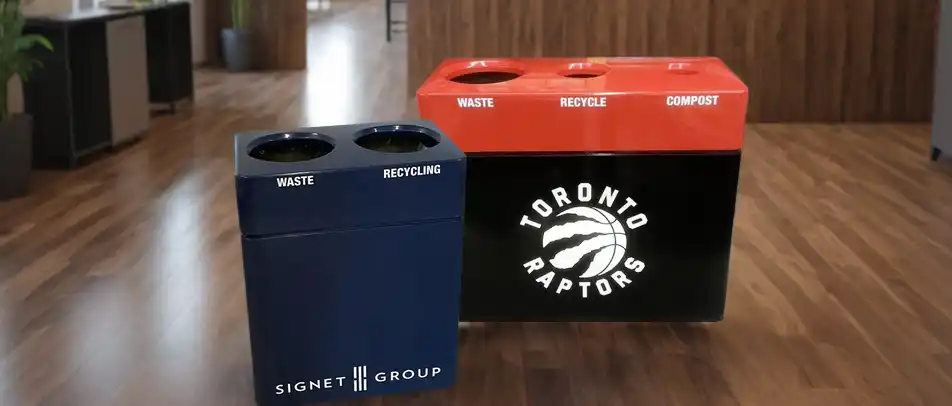



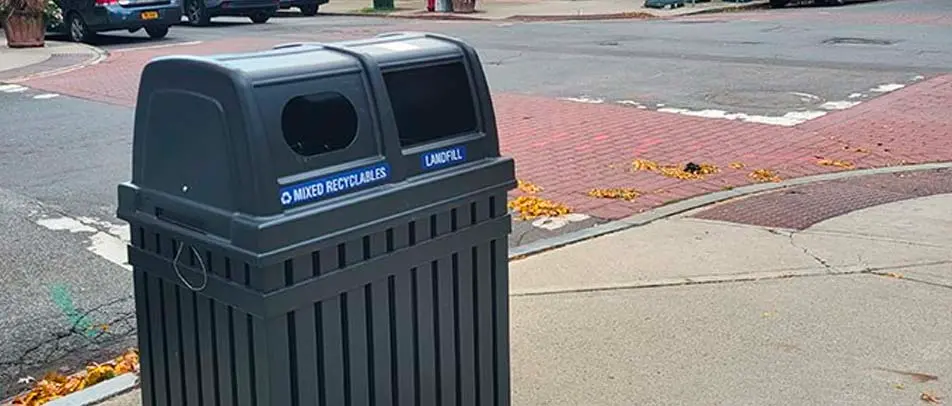
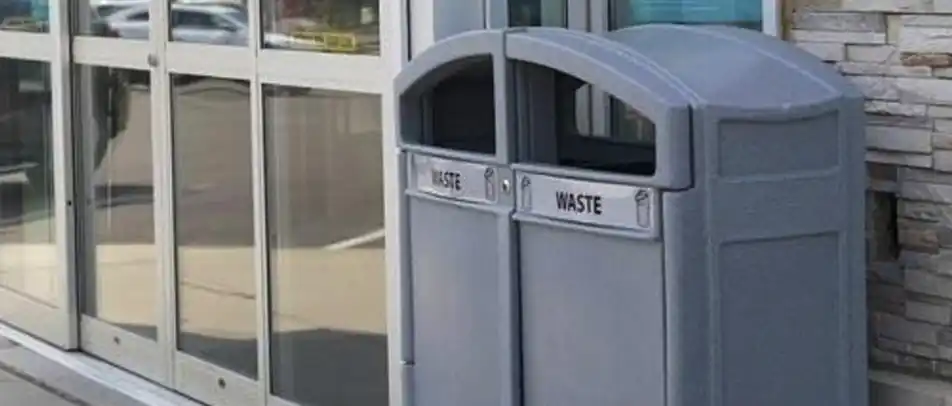
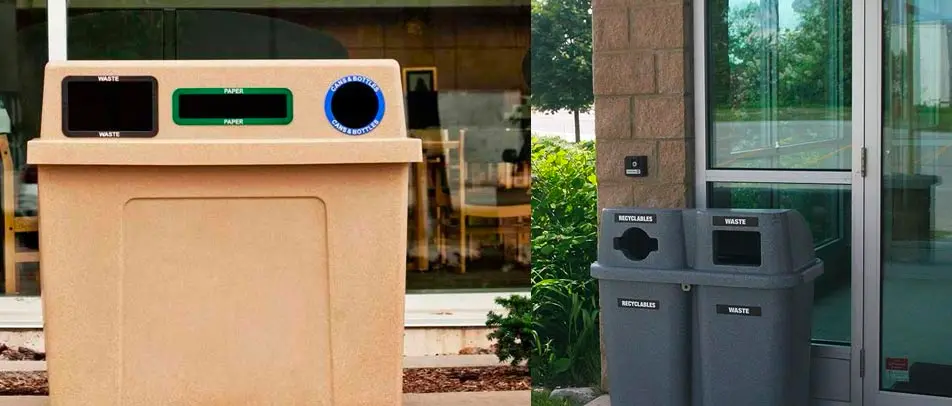
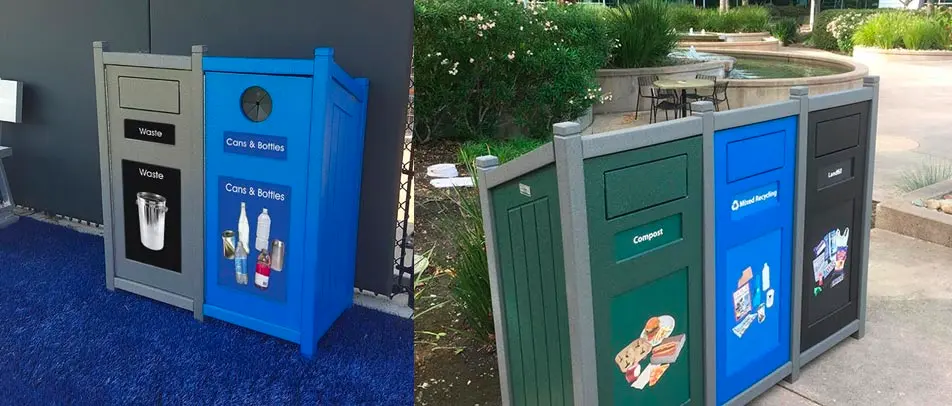
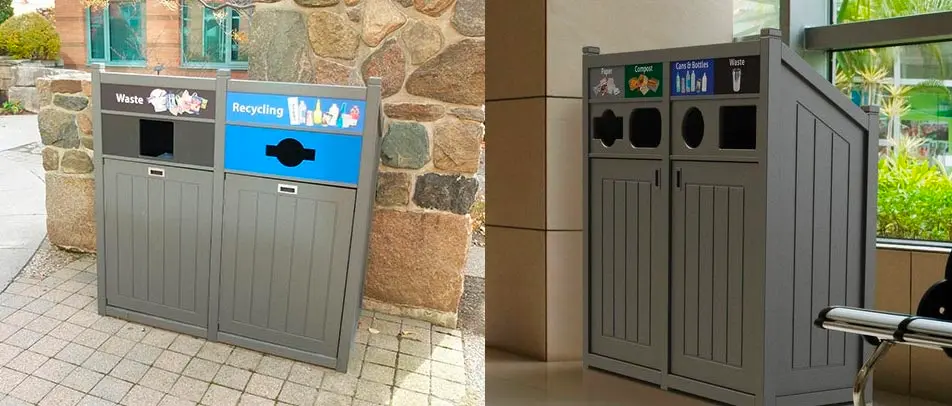



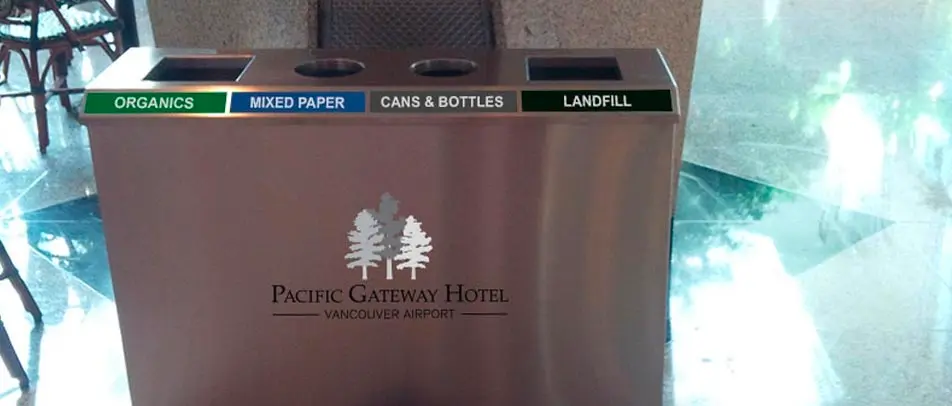

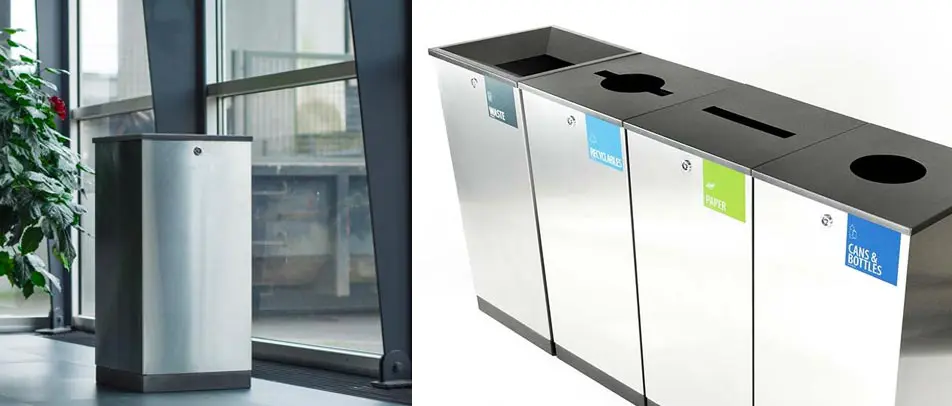
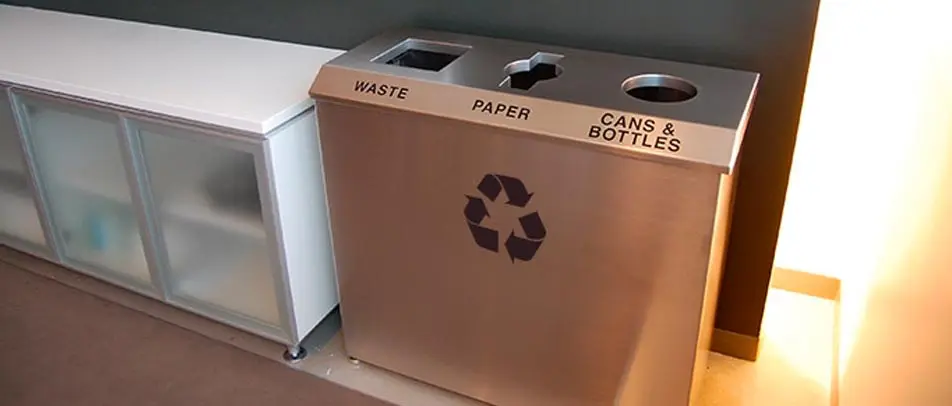
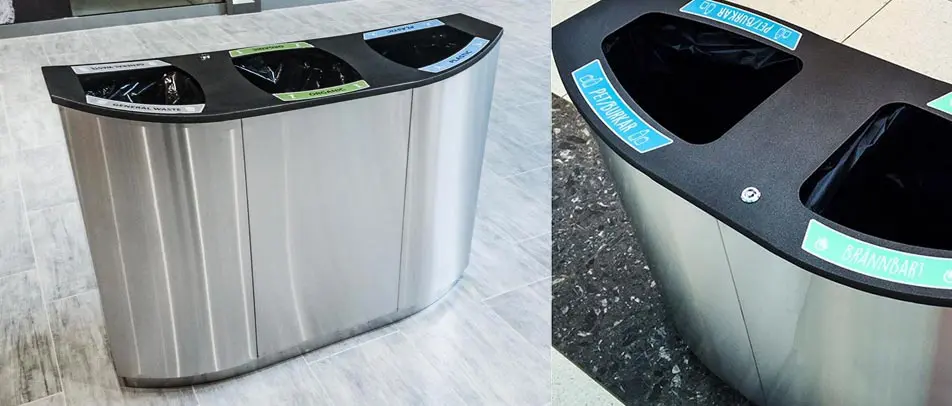

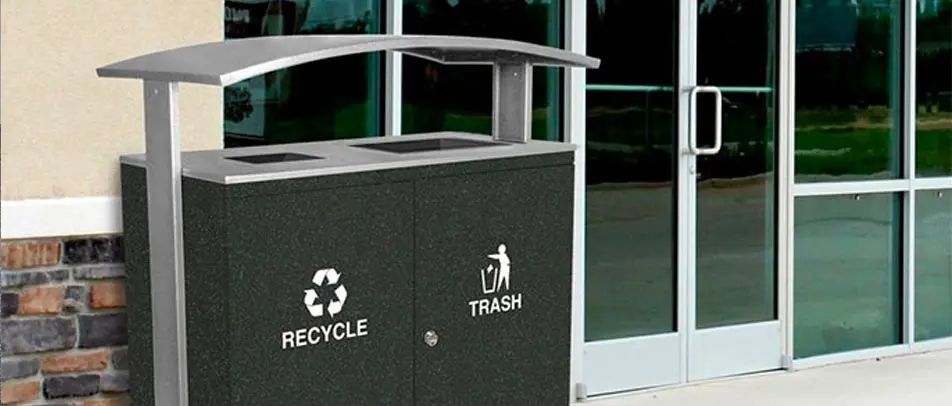
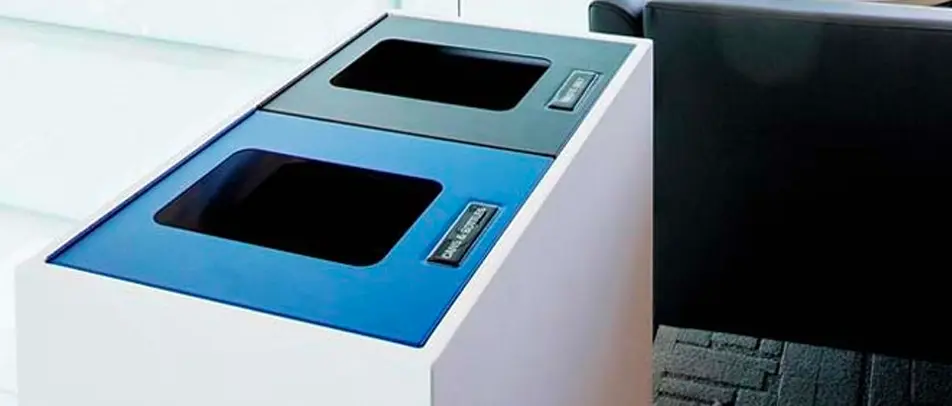
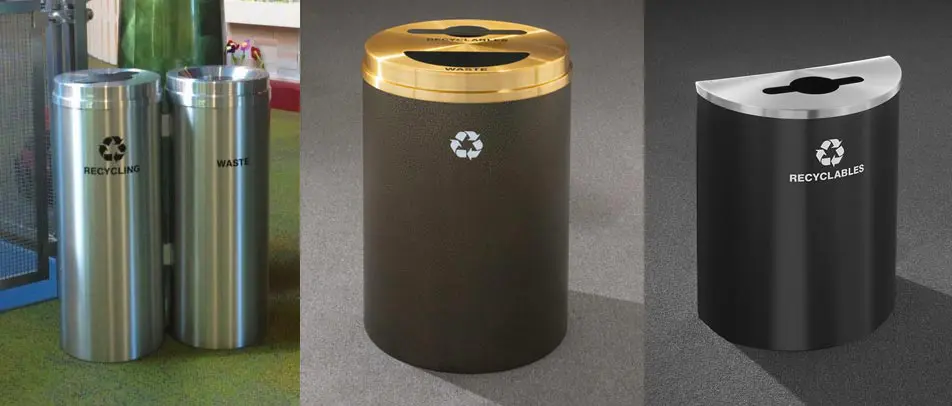

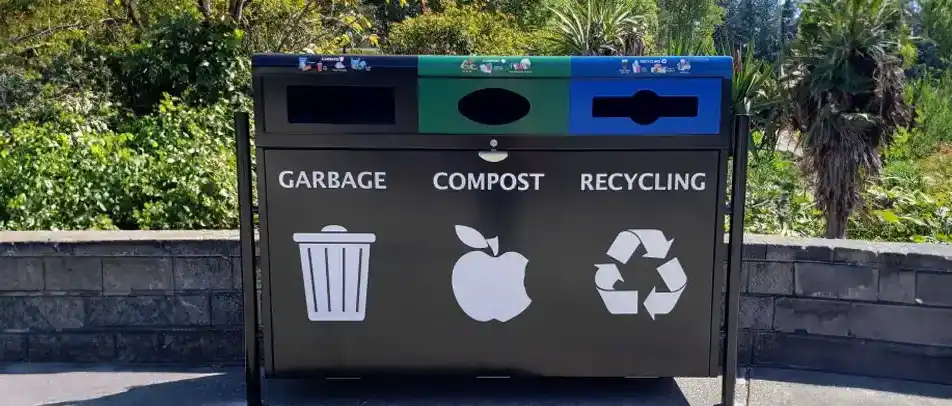
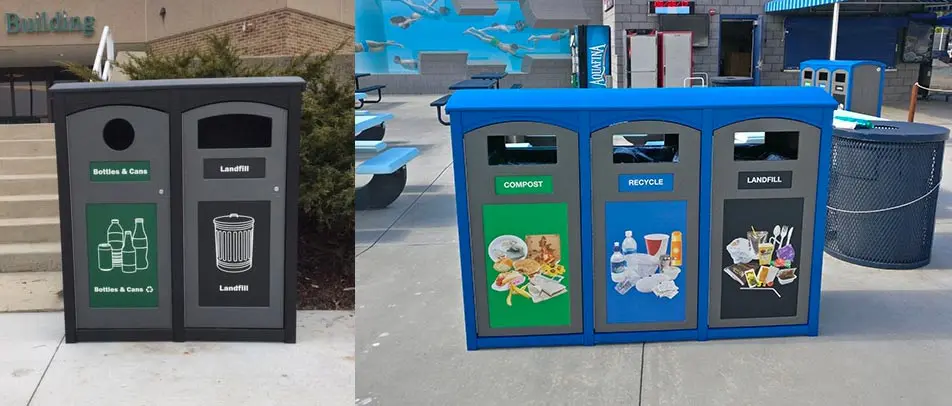
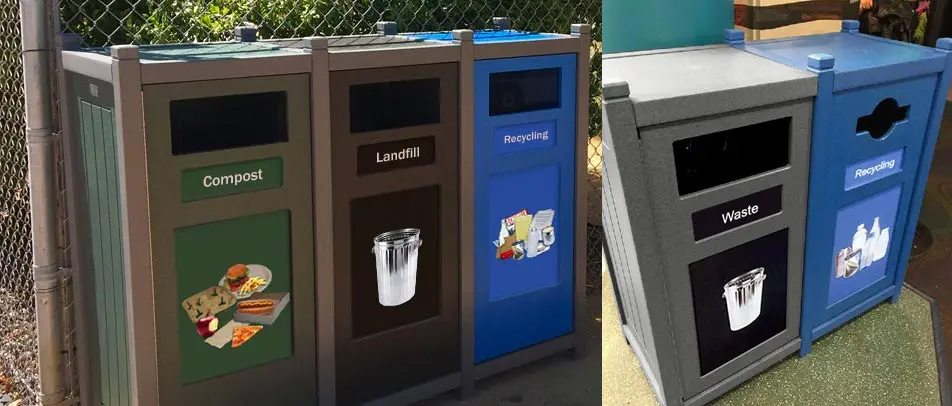


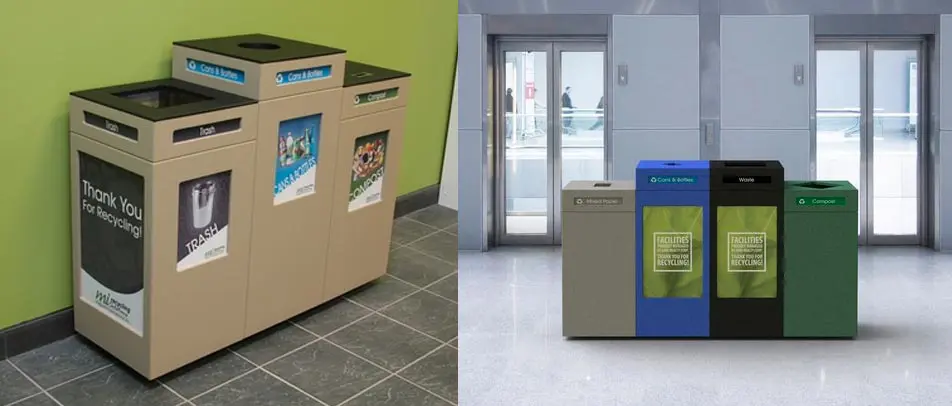
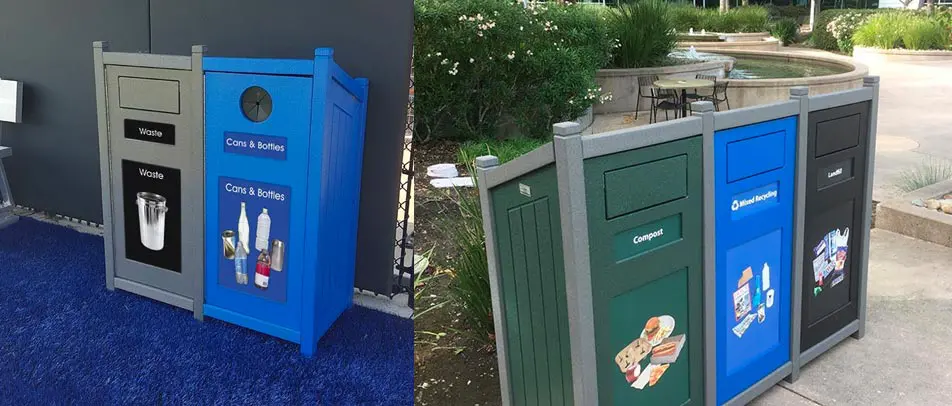
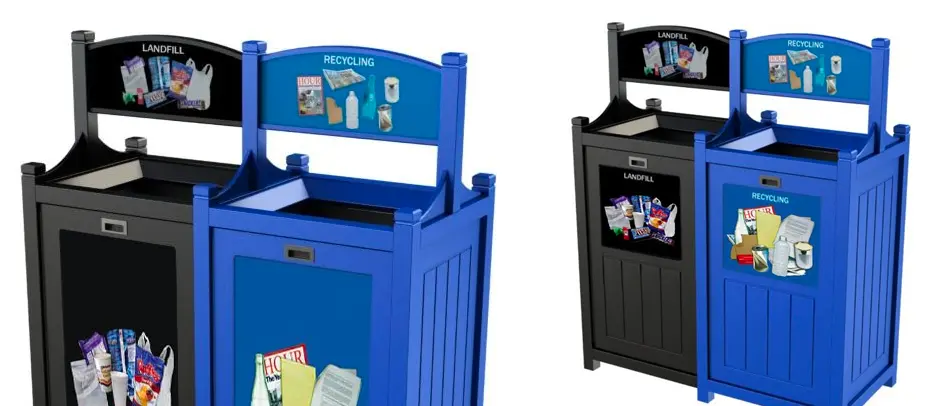


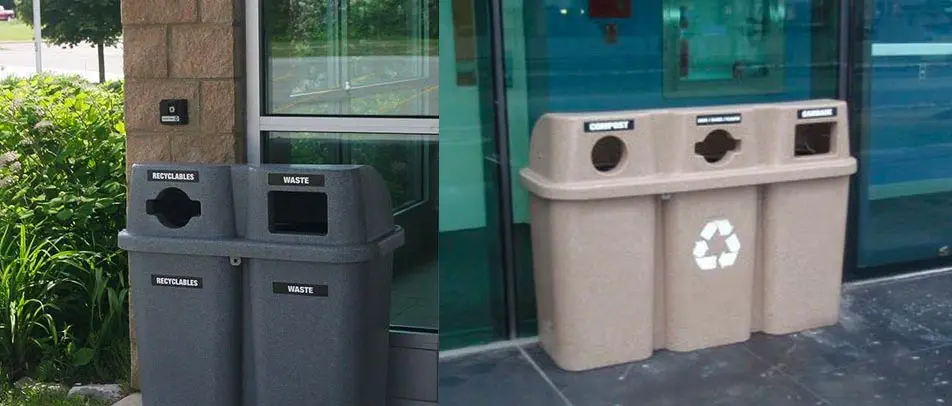
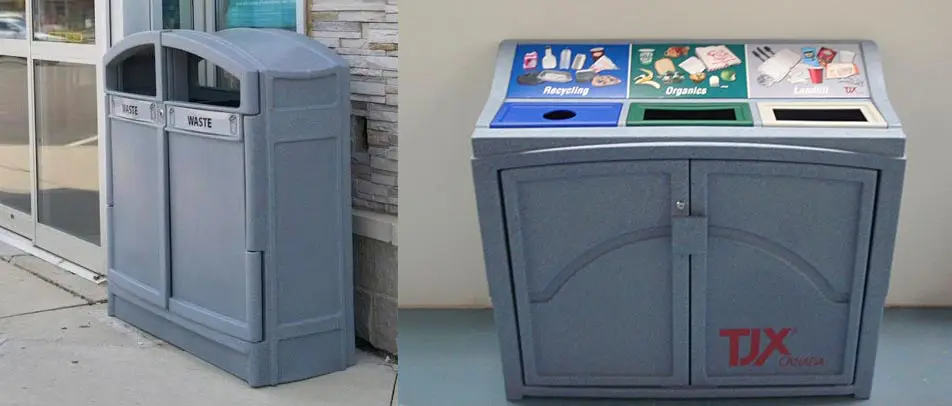
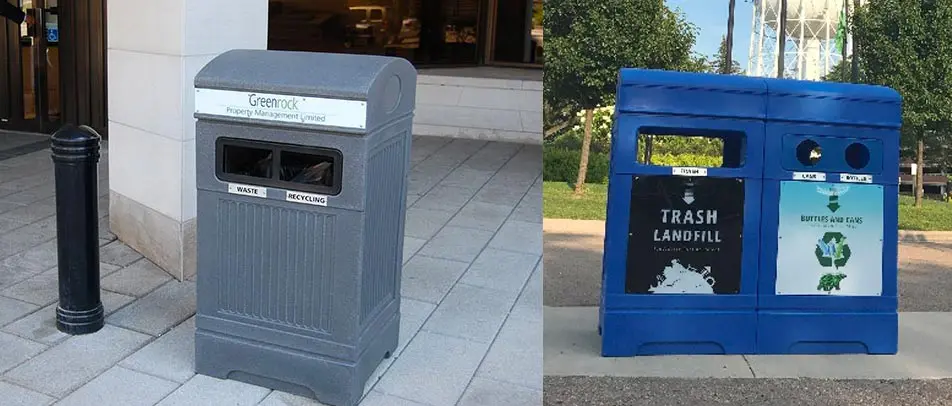
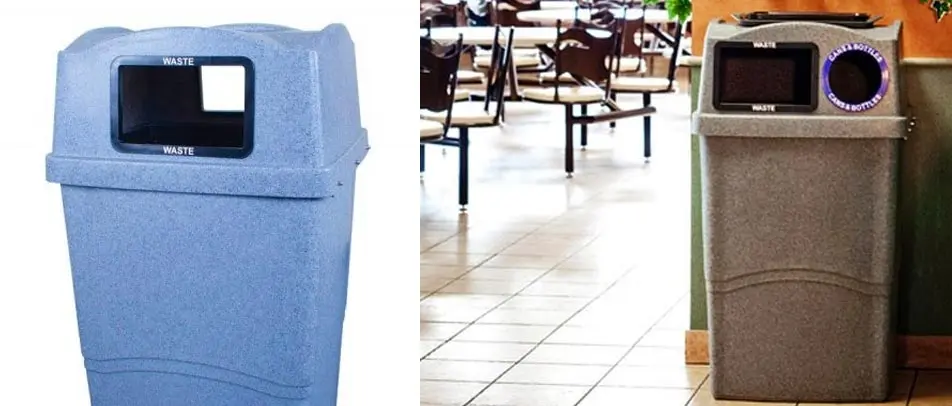
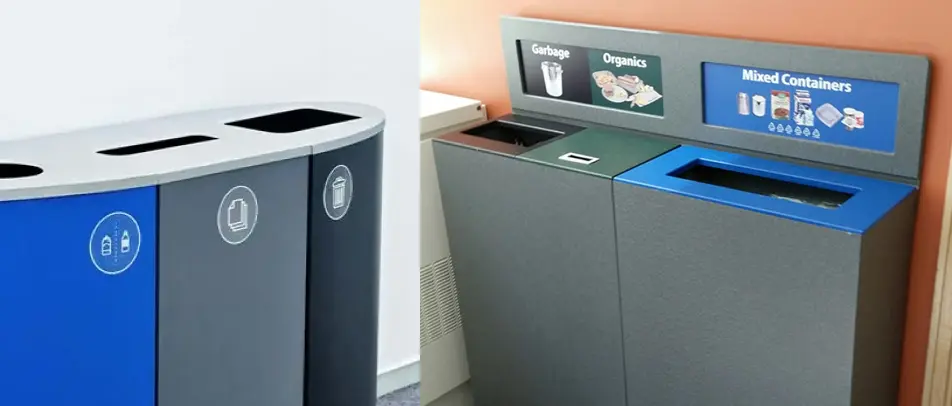
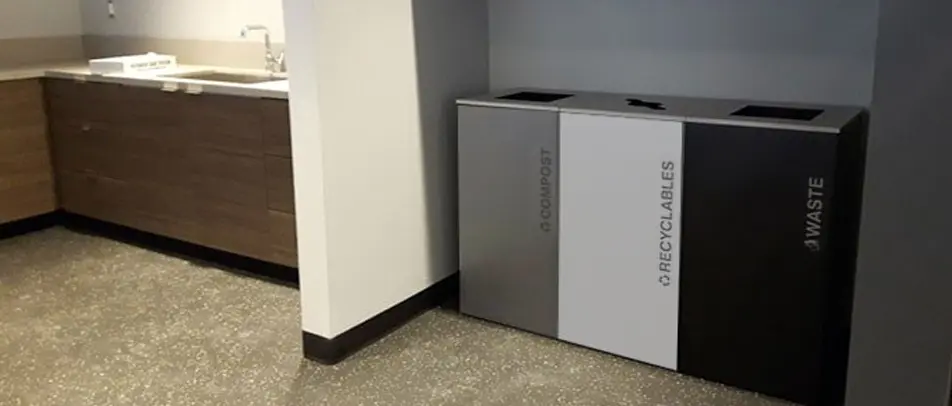
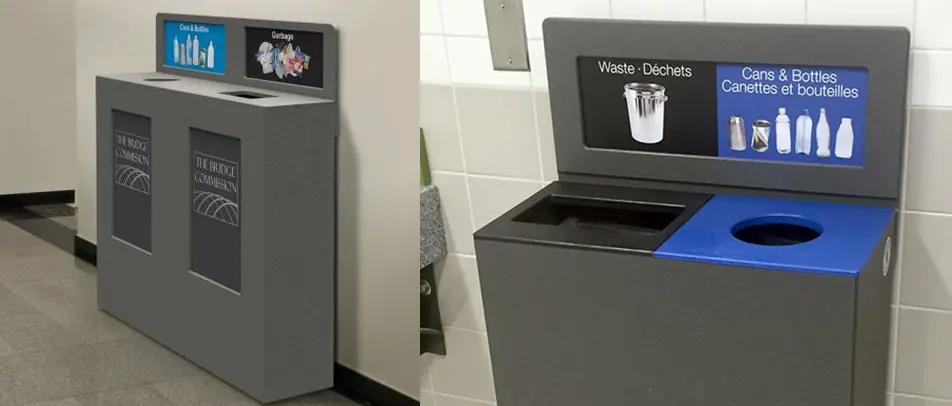
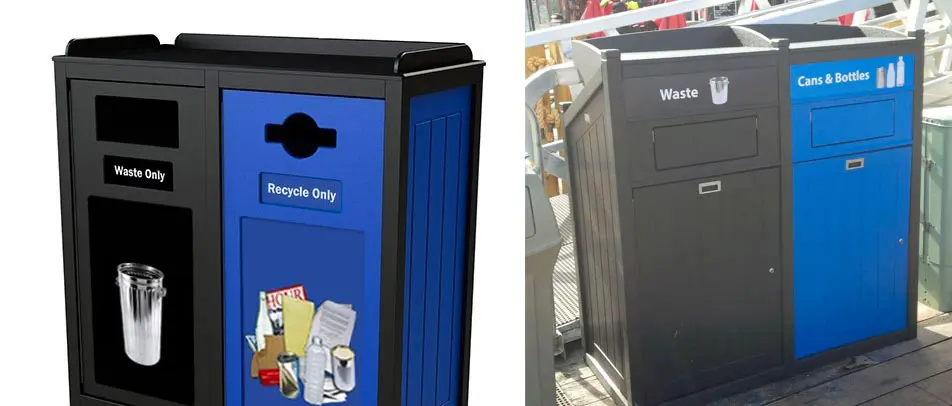
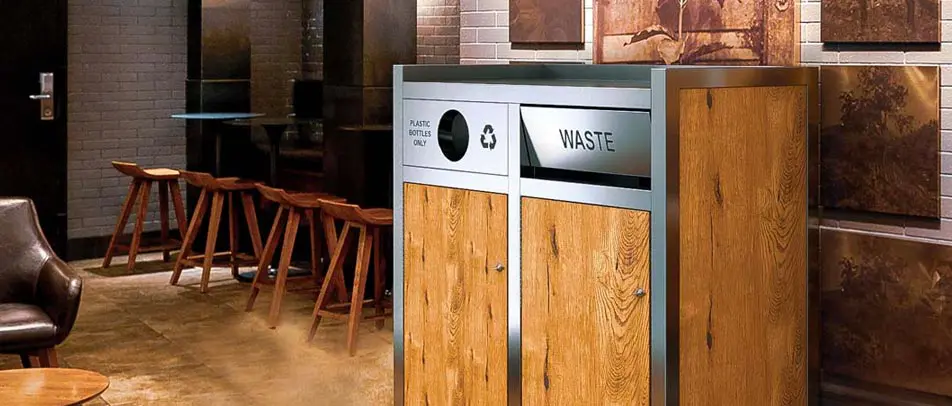





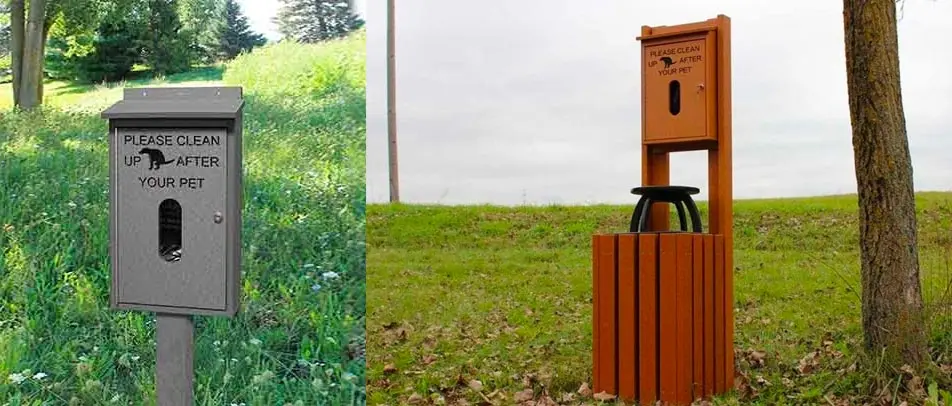




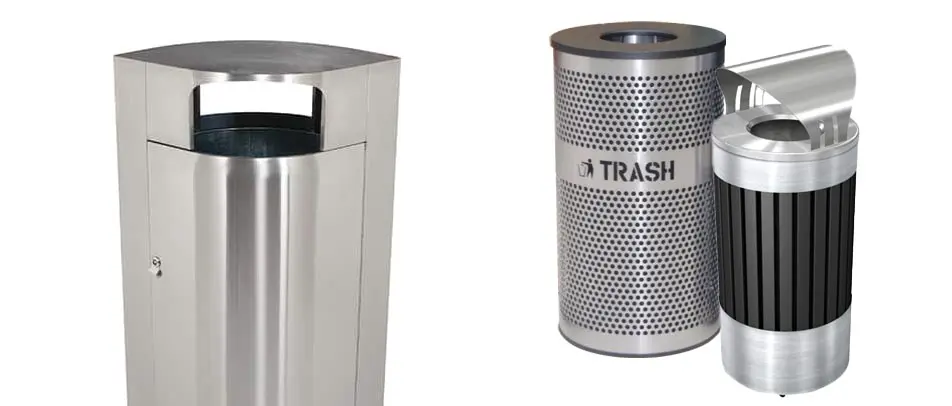

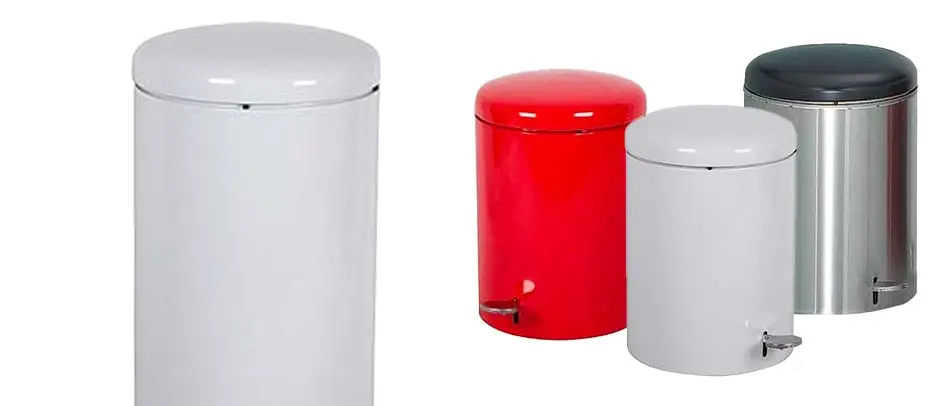





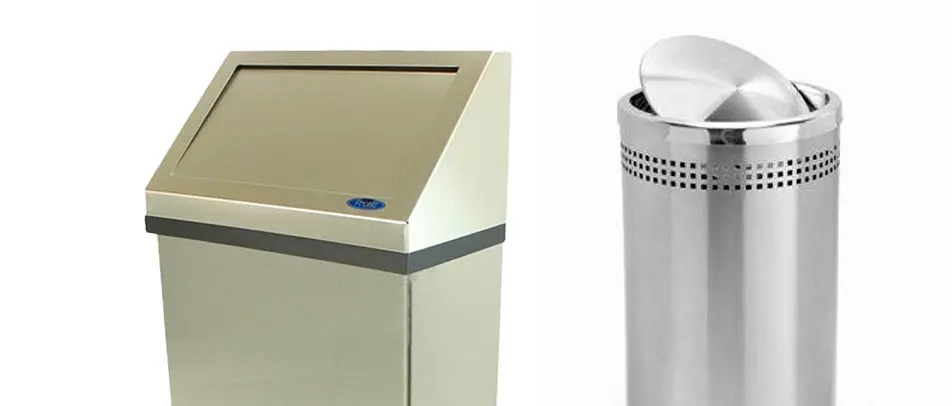

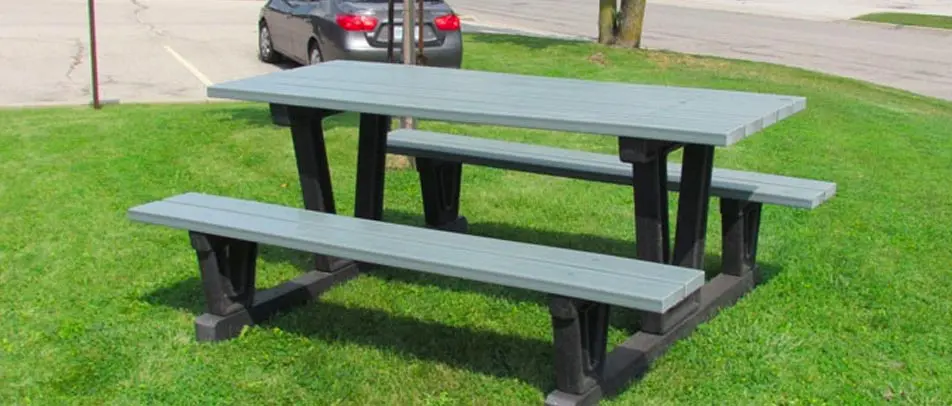





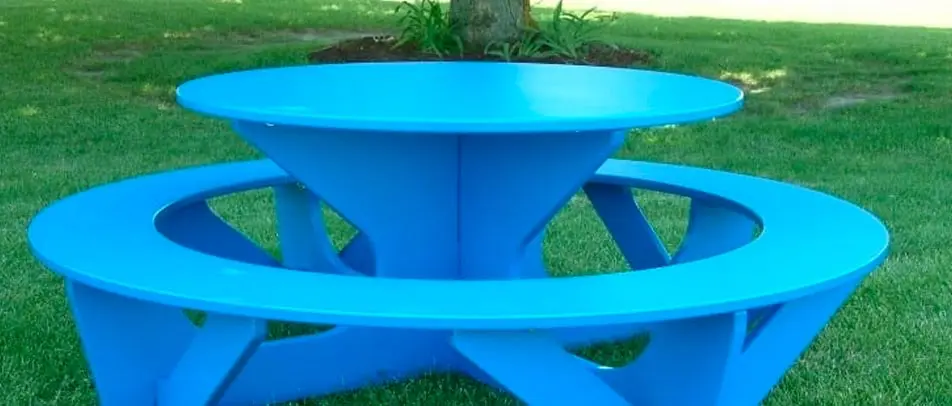

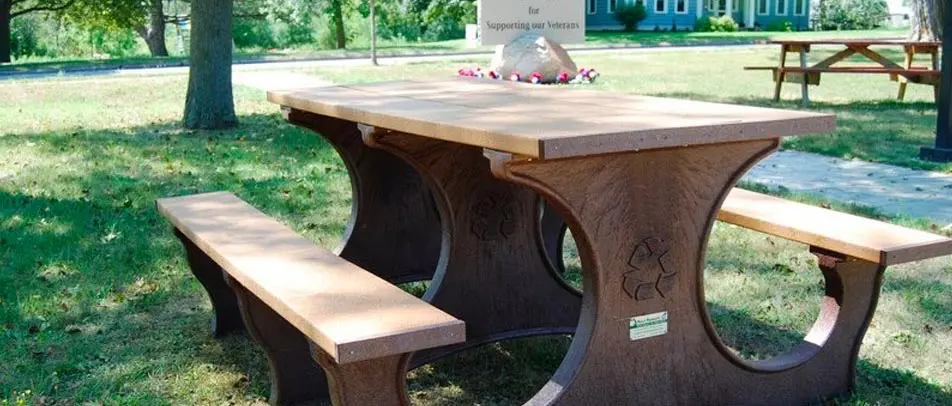
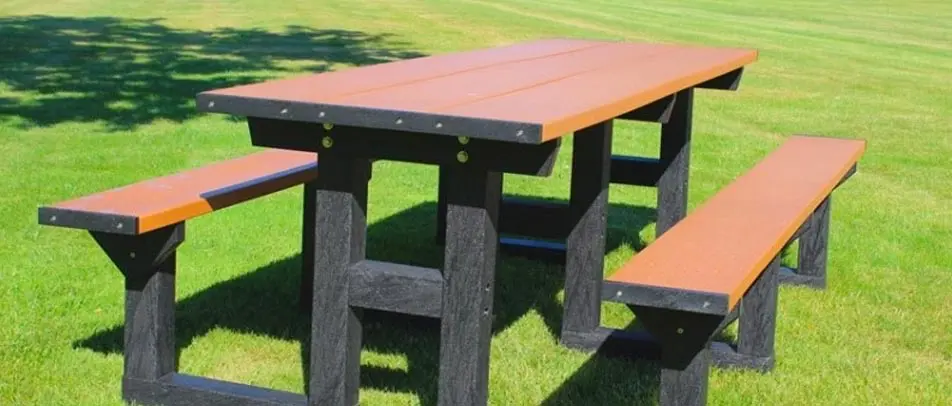

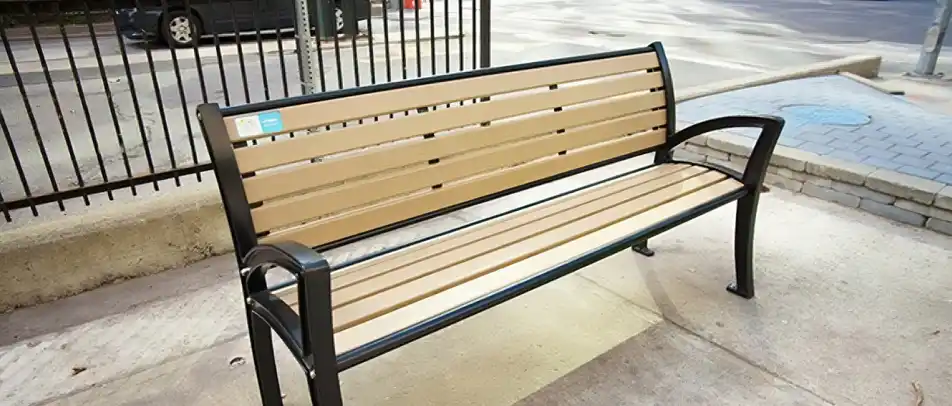

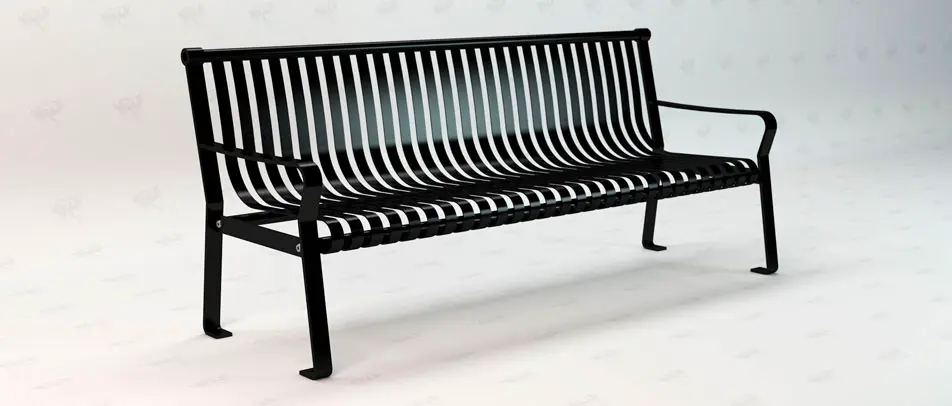
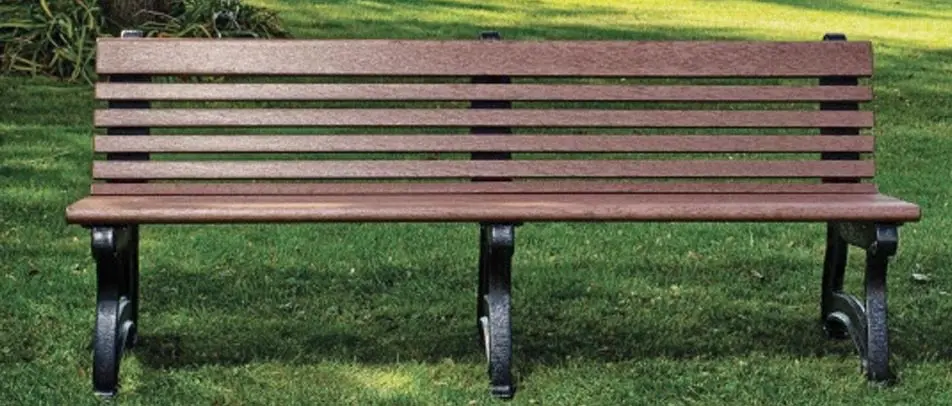
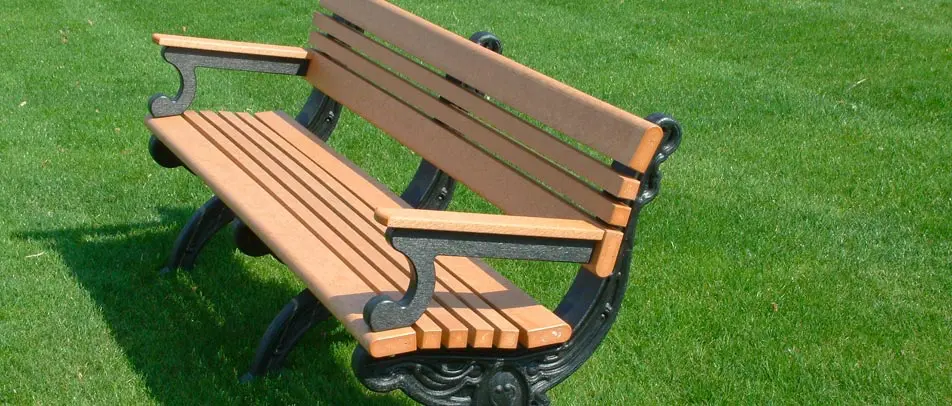
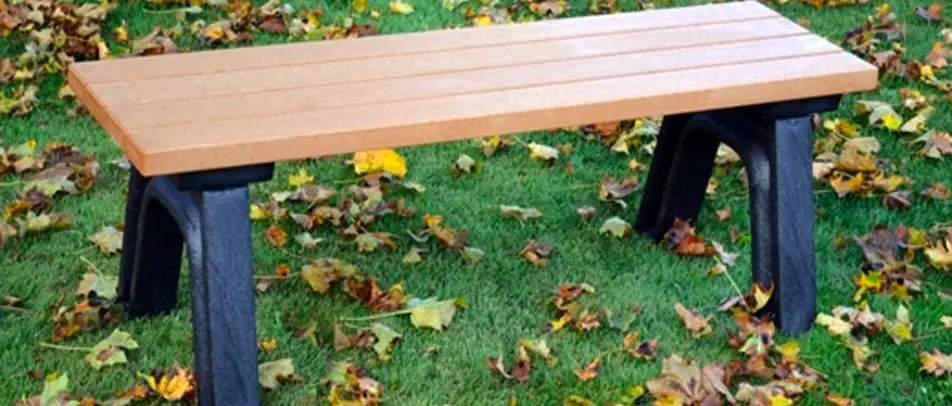
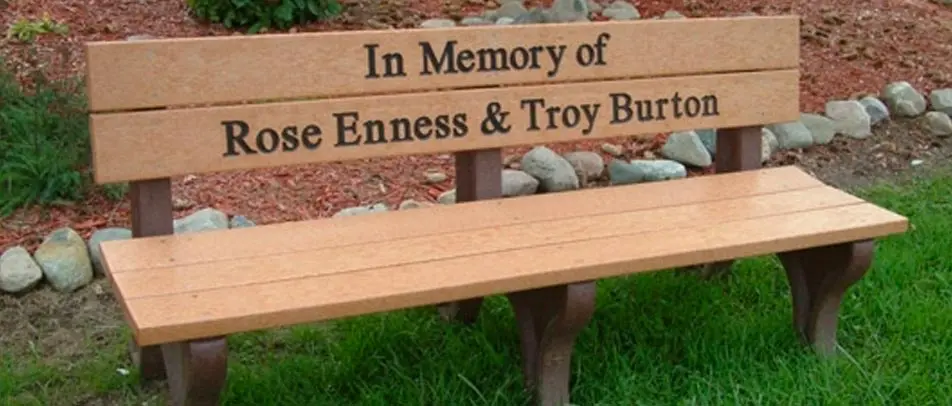



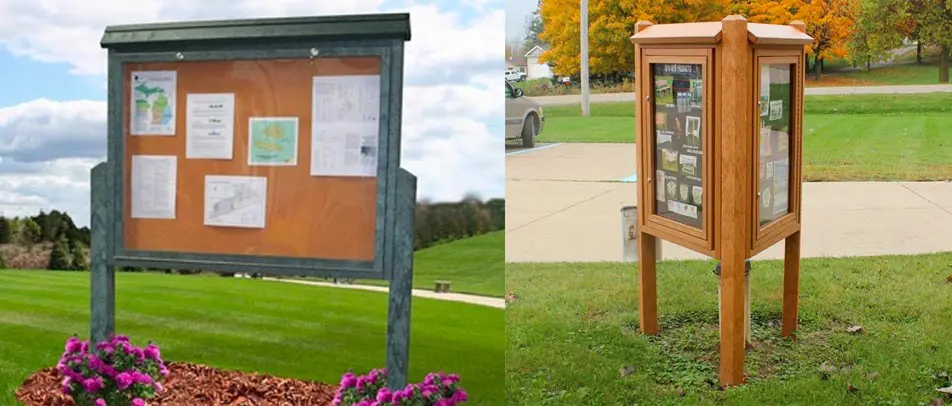
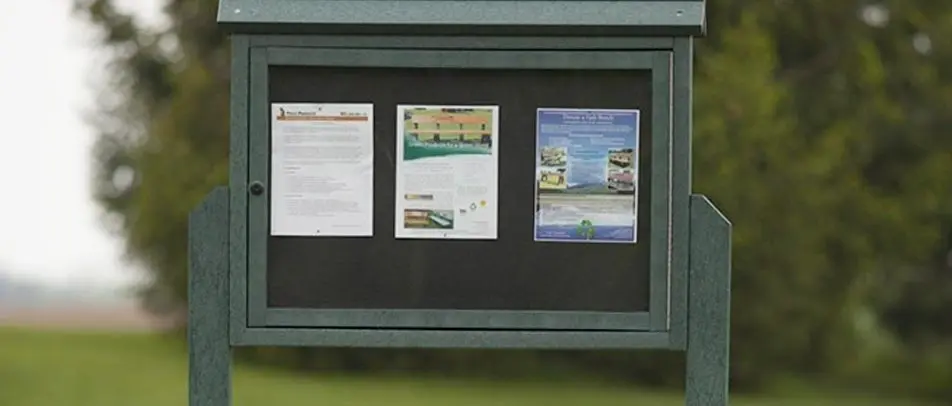
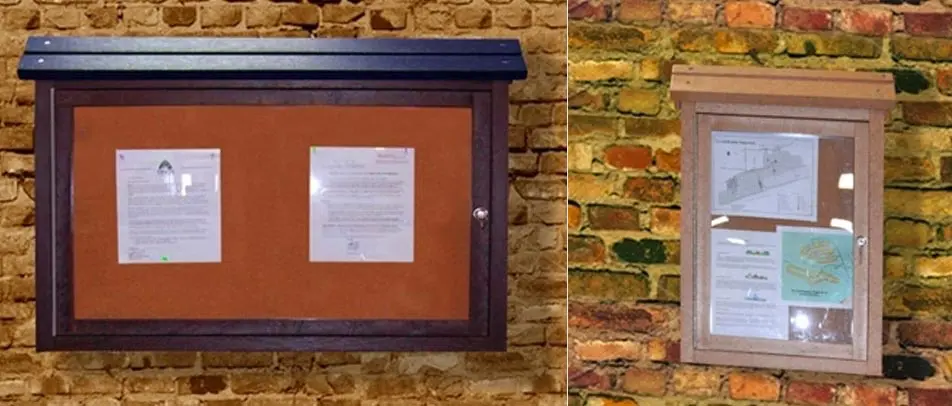


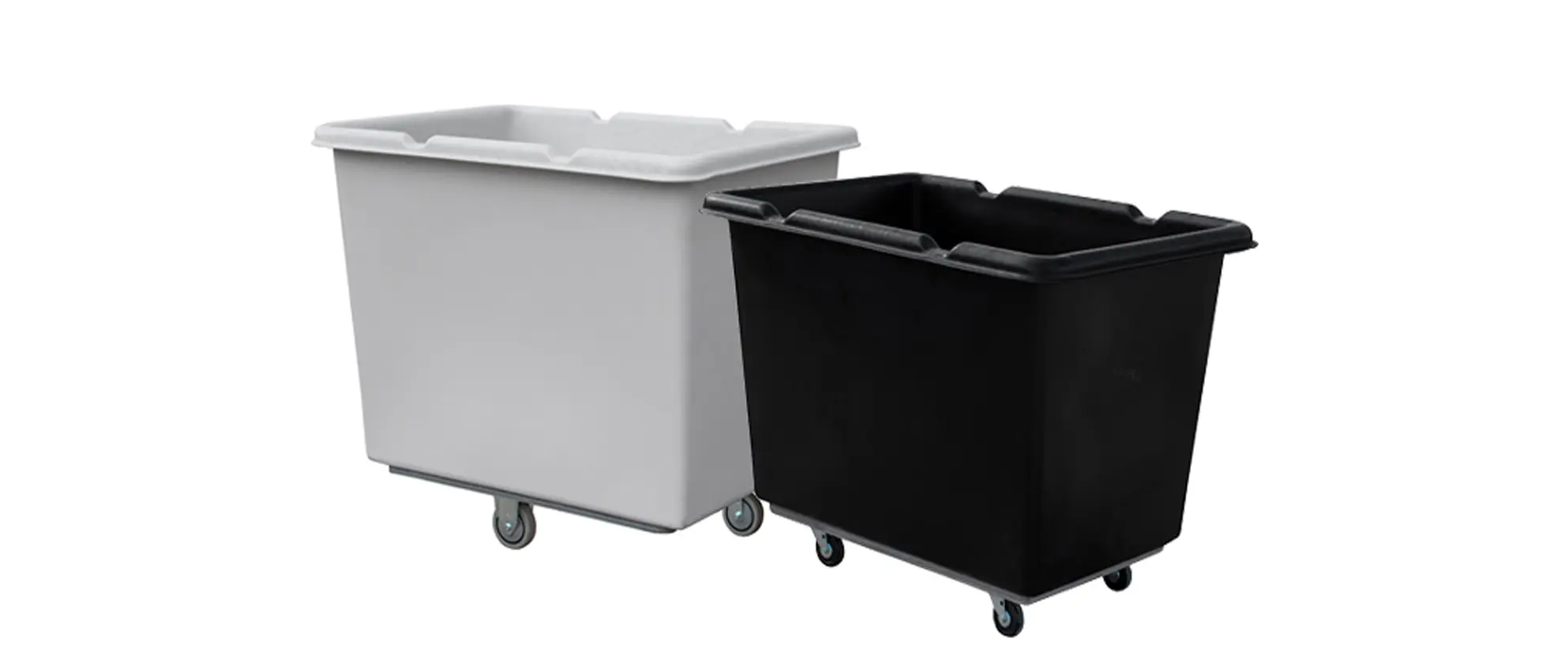




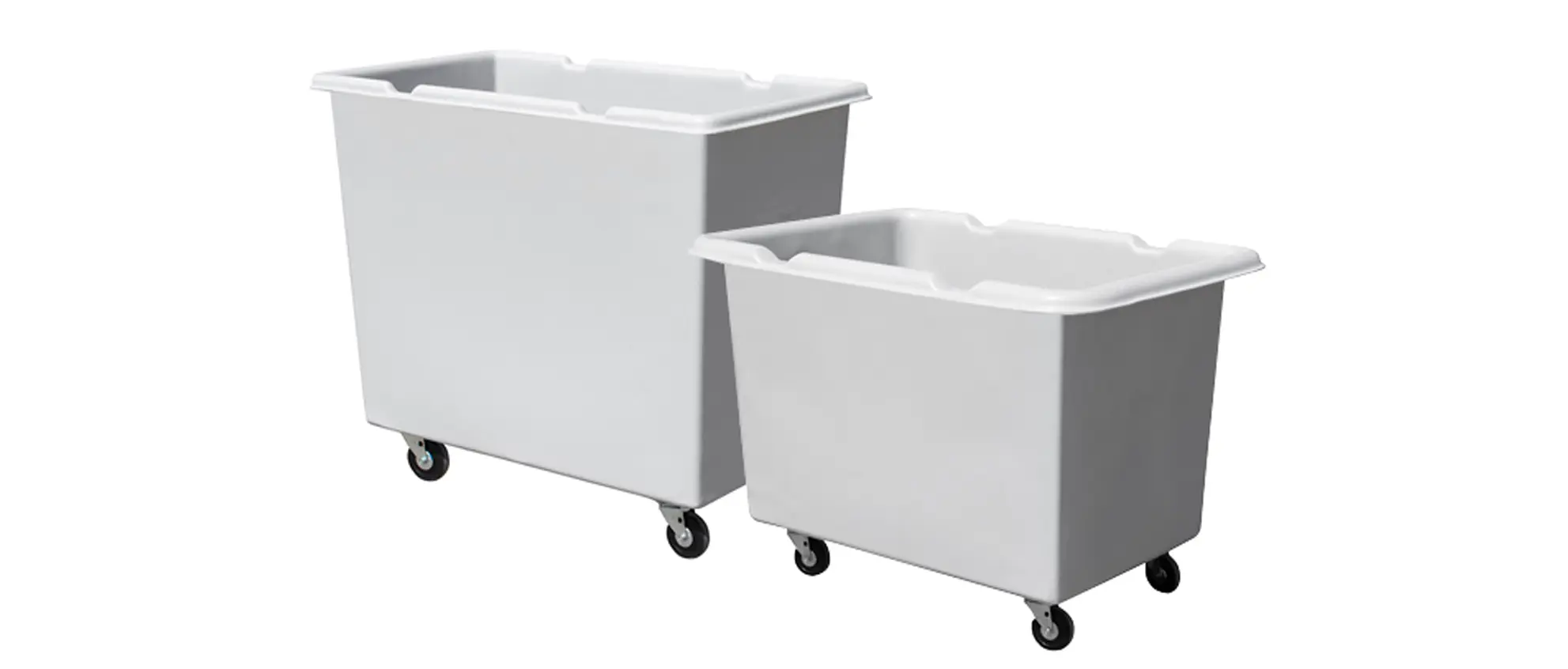


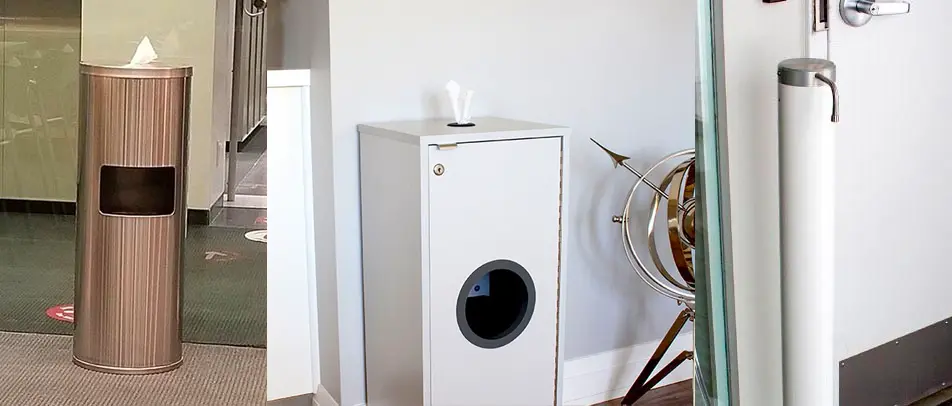
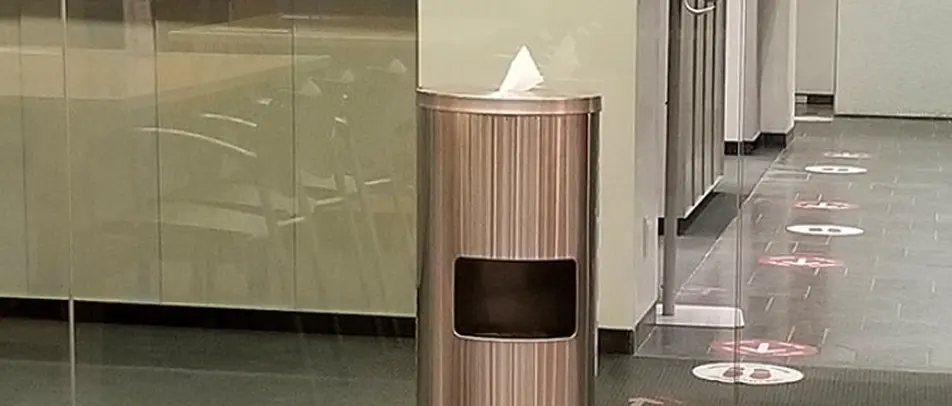
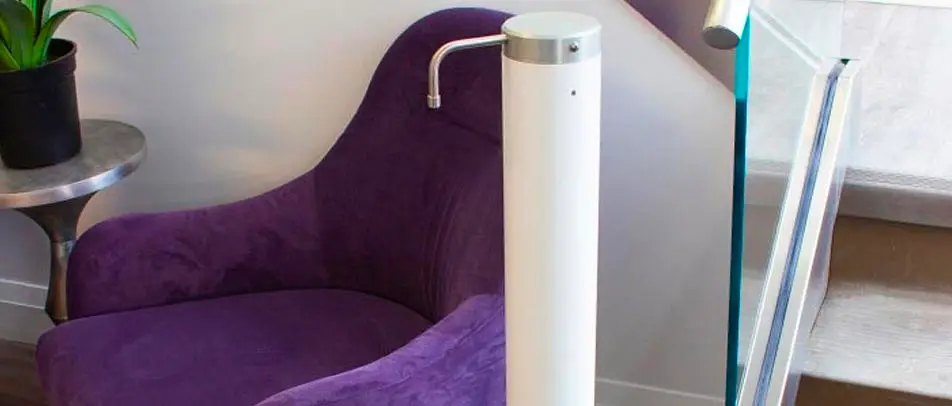

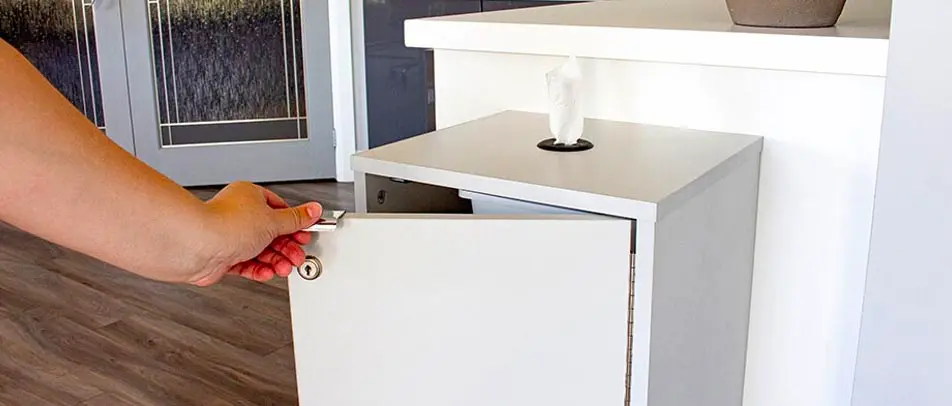
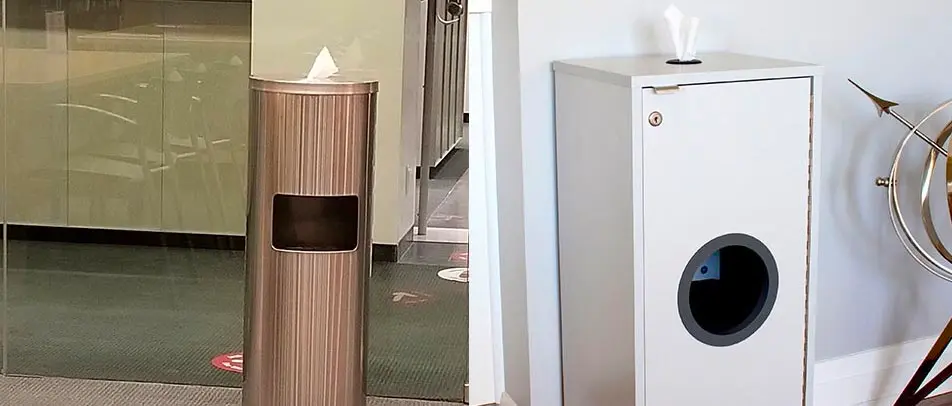


 Three Ways to Engage Teams and Clients to Maximize Your Recycling Program Engagement
Three Ways to Engage Teams and Clients to Maximize Your Recycling Program Engagement  How to Integrate Accessibility Into Your Sustainability Planning
How to Integrate Accessibility Into Your Sustainability Planning  Why Park Benches Can Promote Workplace Well-Being
Why Park Benches Can Promote Workplace Well-Being 
